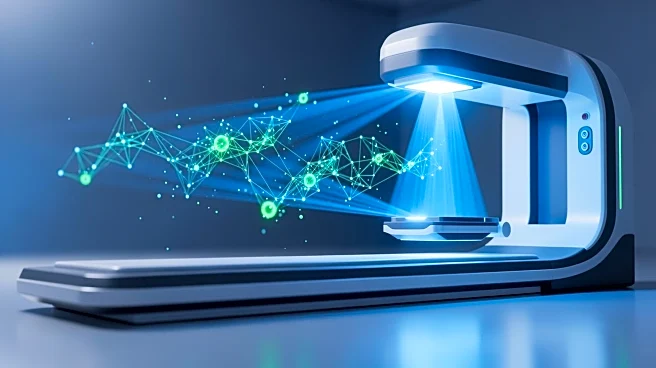What's Happening?
Higher education institutions are increasingly adopting biometric authentication systems, such as fingerprint readers and face recognition, to enhance security in high-risk areas like laboratories handling
hazardous materials. These technologies are deployed with the consent of campus staff and are used to investigate incidents and set up alerts for banned individuals. Additionally, similarity search technology is being utilized to analyze physical characteristics without storing biometric data, offering a privacy-conscious alternative. Institutions are advised to implement clear policies and retention periods for video data to comply with legal standards and protect privacy.
Why It's Important?
The integration of biometric technologies in higher education is significant as it addresses the dual need for enhanced security and privacy protection. By deploying these systems thoughtfully, institutions can safeguard sensitive areas while respecting individual privacy rights. This approach is crucial in an era where state and local legislation are still adapting to technological advancements. The use of AI and pattern-recognition technologies in security measures can help institutions protect their communities effectively, ensuring that only authorized personnel access restricted areas and that incidents are swiftly investigated.
What's Next?
Higher education institutions must continue to develop and refine policies around the use of biometric technologies, ensuring compliance with local regulations and addressing privacy concerns. Collaboration with technology partners who understand regional nuances will be essential in achieving desired security outcomes. As legislation evolves, institutions will need to stay informed and adapt their security strategies accordingly to maintain a balance between security and privacy.
Beyond the Headlines
The deployment of biometric technologies in higher education raises ethical considerations regarding privacy and data protection. Institutions must navigate these challenges carefully, ensuring that their security measures do not infringe on individual rights. The use of AI and pattern-recognition technologies offers a promising solution, allowing for effective security without compromising privacy. As these technologies become more ingrained in physical security, institutions will need to address the potential risks and benefits thoughtfully.











